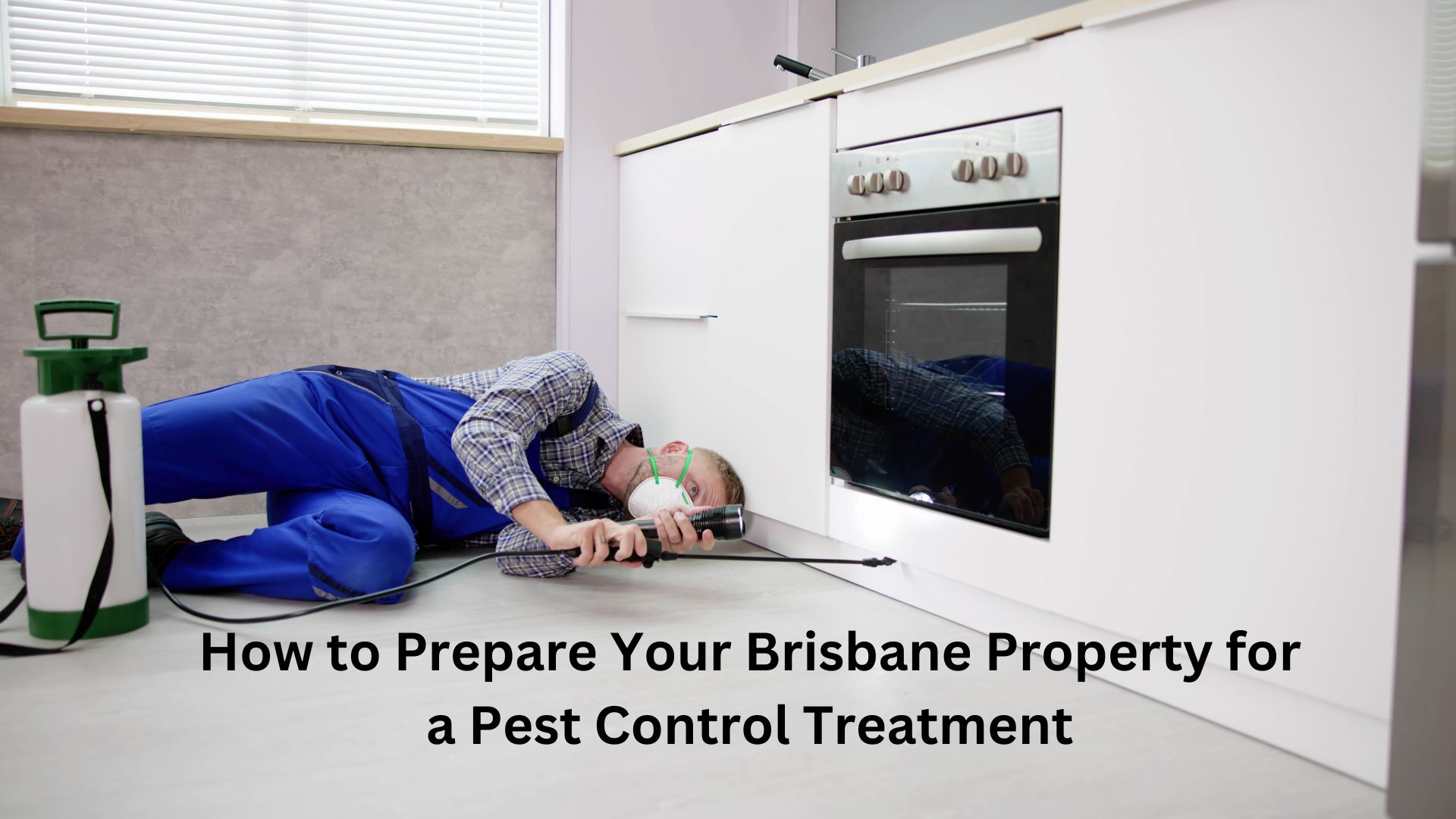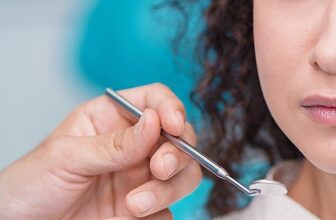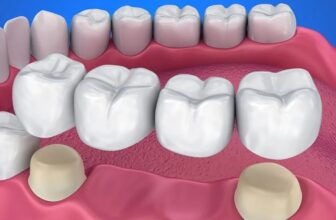
When it comes to pest control, preparation is key to ensuring effective treatment. Whether you’re dealing with ants, termites, cockroaches, or any other pests, taking the time to properly prepare your Brisbane property can make a significant difference in the success of the pest management process. This is especially true for termite inspection in Brisbane, where effective preparation can help protect your property from extensive damage. Here’s a comprehensive guide on how to prepare your home or business for a pest control treatment.
1. Understand the Type of Treatment Being Used
Before you begin preparations, it’s essential to understand the type of pest control treatment that will be applied. There are various methods, including chemical treatments, baiting systems, and eco-friendly options. Each method may require different preparations. For instance, if a chemical spray is being used, you may need to vacate the premises for a specific period. Discuss the treatment plan with your pest control technician to know what to expect.
2. Clear the Area Around the Property
One of the first steps in preparation is to clear the area around your property. This includes:
- Outdoor Areas: Remove any debris, leaves, or clutter from the yard, garden, and around the foundation of your home. Pests often hide in these areas, making treatment more difficult.
- Indoors: Move furniture and other items away from walls and corners where pest activity is noted. This allows for better access to treatment areas and ensures that no hiding spots are missed.
3. Remove Food and Water Sources
Pests are attracted to food and water, so eliminating these sources is critical in preparation. Here’s how:
- Kitchen: Store food in airtight containers and remove any open food items from countertops, cabinets, and pantries. Make sure to clean up any spills or crumbs.
- Dining Areas: Clear the dining table and ensure no food is left out.
- Pet Food: Remove pet bowls and food items, and store them securely.
- Water Sources: Fix any leaks in plumbing and remove any standing water in the area. This includes sinks, bathtubs, and plant pots.
4. Secure or Remove Valuables and Personal Items
In preparation for pest control, it’s wise to secure or remove any valuable items, especially in areas where treatments will be applied. This includes:
- Electronics: Move or cover electronic devices such as televisions, computers, and audio equipment to protect them from potential overspray.
- Personal Items: Store clothing, toys, and personal belongings in sealed bags or boxes to prevent contamination.
5. Plan for Pets and Children
The safety of your pets and children should be a top priority during pest control treatments. Here are some recommendations:
- Pets: Ideally, pets should be taken out of the house during treatment. If that’s not possible, create a safe space for them in a separate room away from treatment areas, ensuring they have food, water, and comfort. Inform your pest control technician about your pets to receive specific recommendations.
- Children: Keep children away from treated areas. If possible, arrange for them to stay with a relative or friend during the treatment process.
6. Communicate with Your Pest Control Technician
Effective communication with your pest control technician is vital for a successful treatment. Be sure to:
- Inform About Pest Activity: Share detailed information about where you’ve noticed pest activity. This helps the technician focus on the right areas during treatment.
- Discuss Concerns: Address any concerns you have regarding safety, the type of chemicals used, or the effectiveness of the treatment. Understanding the process can help alleviate any anxiety you might feel.
7. Cover Furniture and Floors
To protect your furniture and floors from potential treatment overspray, consider the following:
- Covers: Use plastic covers or sheets to protect sofas, chairs, and other upholstered furniture. This is especially important if you are using chemical treatments.
- Floor Protection: Remove or cover rugs and carpets. If possible, sweep or vacuum the floors to eliminate any remaining crumbs or pests before the treatment begins.
8. Check Ventilation Systems
Pest control treatments can sometimes affect your HVAC system. To prepare your property:
- Turn Off Systems: If instructed by your pest control technician, turn off your heating or cooling systems before treatment to prevent the spread of chemicals through the vents.
- Change Filters: Consider changing the filters in your air conditioning or heating system if the treatment involves chemicals that could linger in the air.
9. Seal Off Areas That Won’t Be Treated
If you have areas of your home that won’t be treated, it’s a good idea to seal them off. This can include:
- Basements or Attics: Close doors and windows to prevent pests from moving to untreated areas.
- Crawl Spaces: Ensure access points to crawl spaces are sealed or closed.
10. Be Prepared for Follow-Up Treatments
In some cases, a single pest control treatment may not completely eliminate the problem. Be prepared for follow-up treatments by:
- Discussing a Plan: Talk with your pest control technician about what to expect after the initial treatment. They may recommend additional visits or monitoring.
- Maintaining a Clean Environment: Continue to keep your property clean and free of food and water sources to prevent future infestations.
Conclusion
Preparing your Brisbane property for pest control treatment doesn’t have to be overwhelming. By following these steps, you can ensure a smooth process and enhance the effectiveness of the treatment. Remember that maintaining a clean environment and addressing pest issues promptly can significantly reduce the likelihood of infestations in the future. By taking these proactive steps for effective pest control in Brisbane, you can enjoy a pest-free home or business, contributing to the overall health and safety of your environment.







